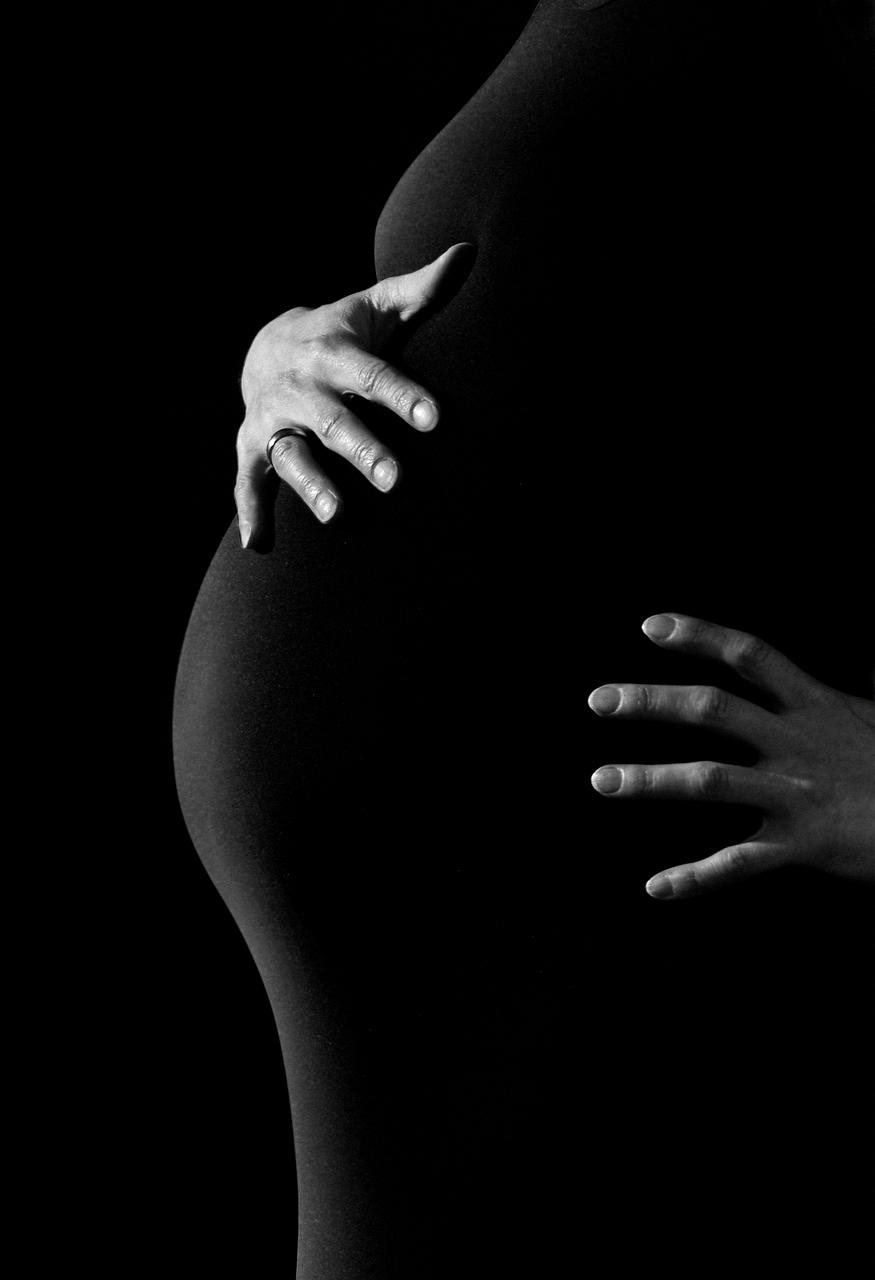After undergoing a C-section, it’s not uncommon for many women to experience back pain. This discomfort can be attributed to a variety of factors, including the physiological changes that occur in the body post-delivery.
Impact of Relaxin Hormone
One key factor contributing to back pain after a C-section is the presence of relaxin, a hormone that is produced during pregnancy to soften and loosen the joints and ligaments in the body. Even after giving birth, the effects of relaxin can still be felt, potentially leading to increased flexibility but also making it easier to strain the back muscles.
Physical Strain from Newborn Care
Another significant reason for back pain post-C-section is the physical strain associated with caring for a newborn. Despite their small size, newborn babies can exert considerable force on the body, especially when lifting and carrying them. This repeated strain on the back muscles can result in discomfort and pain.
Changes in Posture and Body Mechanics
Following a C-section, new mothers may unconsciously adjust their posture and body mechanics to accommodate the incision site and alleviate discomfort. However, these changes can place additional stress on the back muscles, leading to muscle tension and eventual pain.
Inactivity and Weakness
During the postpartum period, many women tend to be more sedentary as they recover from the C-section procedure. This lack of physical activity can contribute to muscle weakness in the back and core, making it more susceptible to strain and discomfort.
Emotional Stress and Tension
It’s important to recognize the impact of emotional stress and tension on physical well-being. The emotional toll of childbirth, coupled with the demands of caring for a newborn, can manifest as tension in the back muscles, exacerbating existing pain or discomfort.
Lack of Proper Postpartum Support
Insufficient support and assistance during the postpartum period can also contribute to back pain after a C-section. Without adequate help with daily tasks and baby care, new mothers may overexert themselves, leading to muscle strain and eventual back discomfort.
Scar Tissue Formation
The formation of scar tissue at the C-section incision site can also play a role in back pain. Scar tissue may restrict movement and flexibility, affecting overall posture and leading to compensatory mechanisms that strain the back muscles.
Impact of Breastfeeding
For mothers who choose to breastfeed, the act of nursing can further exacerbate back pain. The prolonged periods of holding a baby while feeding can strain the back muscles, especially if proper support and positioning are not maintained.
Unresolved Muscular Imbalances
Existing muscular imbalances in the back and core muscles, exacerbated by pregnancy and childbirth, can contribute to persistent back pain after a C-section. Addressing these imbalances through targeted exercises and physical therapy may help alleviate discomfort.
Effective Pain Management Strategies
When dealing with back pain after a C-section, it’s essential to implement effective pain management strategies. This may include gentle stretching exercises, heat or cold therapy, proper body mechanics, and seeking professional guidance from a healthcare provider or physical therapist.
Importance of Self-care and Rest
Lastly, prioritizing self-care and rest is crucial in the recovery process after a C-section. Giving your body adequate time to heal, engaging in gentle movement, and seeking support from loved ones can all contribute to alleviating back pain and promoting overall well-being.
Consulting a Healthcare Provider
If back pain persists or worsens after a C-section, it’s important to consult a healthcare provider for a comprehensive evaluation. They can assess the underlying causes of discomfort and recommend personalized treatment options to address the pain effectively.

